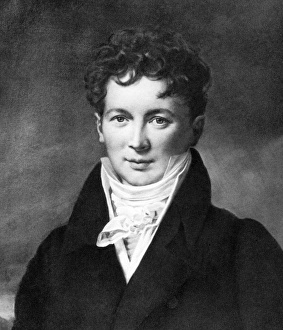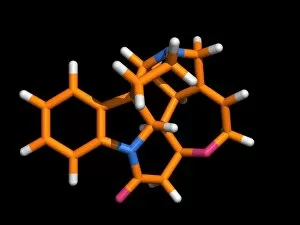Strychnine Collection
The Strychnine tree, scientifically known as Strychnos nux-vomica, is a fascinating plant with a dark secret
All Professionally Made to Order for Quick Shipping
The Strychnine tree, scientifically known as Strychnos nux-vomica, is a fascinating plant with a dark secret. Also referred to as the poison nut or Vomiker, this tree holds within it a deadly substance called strychnine. Intriguingly, the Strychnine tree shares its habitat with another well-known plant - ginseng root. While ginseng is revered for its medicinal properties and health benefits, the Strychnine tree harbors something far more sinister. With its fruit, seed, leaf, and flower beautifully depicted in handcolored stipple copperplate engravings by Lambert Junior from drawings by Pierre Jean-Francois Turpin from Chaumeton's work on botanical medicine, one cannot help but be captivated by the allure of this lethal specimen. Joseph Roques' Phytographie Medicale also showcases the striking features of Strychnos nux vomica in intricate detail. The chromolithograph from c. 1890 serves as a testament to mankind's fascination with nature's wonders while simultaneously reminding us of their potential dangers. Interestingly enough, there are other species within the Strychnos family that possess toxic properties too; one such example being St. Ignatius bean or Strychnos ignatii. These plants serve as reminders that beauty can often conceal treacherous secrets. Even renowned artist Cecil Aldin found inspiration in illustrating Sealyham terriers alongside these captivating trees – perhaps an artistic representation of how danger can lurk even in our most beloved companions. As we delve into the world of botany and explore diverse flora like the strychnine tree (Strychnos nux-vomica), let us remember to approach nature with caution and respect for its hidden powers.
















